Virtual Reality
Big screen VR Takes Movie Watching to the Next Level
Published
4 months agoon
By
VRLOL
Big screen VR
Big screen VR is a virtual movie theatre that takes the experience of watching movies with friends to the next level. It allows people worldwide to join public movie screenings and watch films together regardless of physical distance.
Show off your desktop in VR, hang out with friends in social VR chat rooms, and play PC video games on massive virtual monitors. The new ‘Movies & Events’ update adds on-demand access to the platform’s catalogue of 2D and 3D films.

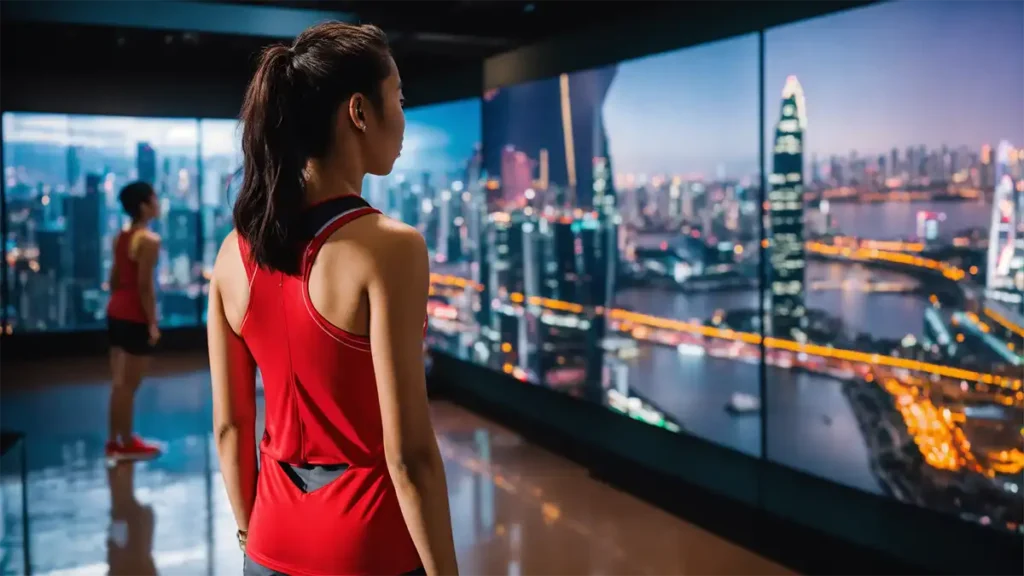

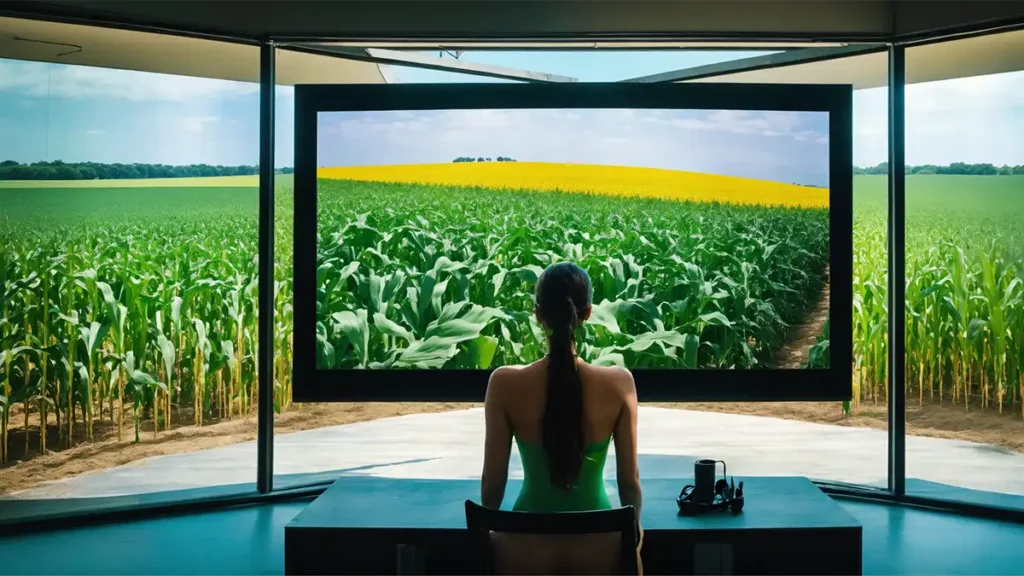
Social Viewing
The virtual cinema environment on Big screen VR takes movie-watching to the next level by allowing users to watch films in a shared experience. This social aspect of watching movies recreates the experience of attending a theatre and talking with friends about the film, making it a more immersive and enjoyable experience.
In addition to the social movie-watching experience, Big screen TV is a collaborative workspace that allows users to work together on various projects. The company says it is “the only place where you can share your desktop screen in VR with anyone you want” and “turns any PC into a limitless 3D collaboration space.”
Users can use public big screen rooms set up by others or create their private rooms for a more personal experience. Big screen TV currently supports up to eight viewers in a shared room, but the platform can technically support thousands of people.
The Bigscreen VR experience is compatible with various devices, including the Oculus Rift, HTC Vive, Valve Index, and Microsoft Mixed Reality headsets. The company also offers mobile VR experiences for iOS and Android devices.
Darshan Shankar, the CEO of Big screen VR, says the team is working on a more social experience in a public space. He claims that some of the power users of the platform spend 20 to 30 hours a week on the experience.
A new update for the Bigscreen VR software will allow users to invite up to 15 friends into a shared room. This update also brings improved spatial audio, a friend system, and remote desktop capability for Quest headsets.
In the future, Bigscreen will add support for additional platforms and environments. The company plans to add support for YouTube, Amazon Prime, and Disney+, along with various other immersive experiences.
The company will also be introducing a virtual theatre where users can watch classic Paramount films like Interstellar and Star Trek in a virtual environment. The virtual theatre will be similar to a traditional movie theatre, with a limited selection of on-demand content and prescheduled showings.
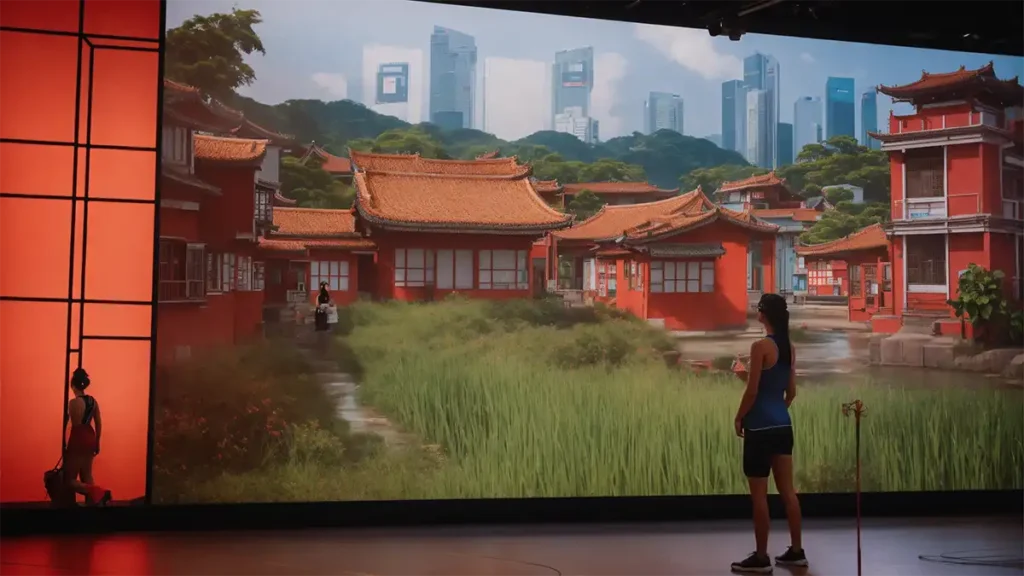
Customizable Cinema Environment
Big screen VR is a virtual reality application that revolutionizes how users watch movies. The platform allows users to enjoy films in various virtual environments, including full-scale cinema and other immersive settings. These immersive settings are meticulously designed to replicate the ambience and atmosphere of a traditional movie theatre, making Bigscreen VR an unparalleled film-watching experience.
During a social viewing session, Bigscreen VR lets users communicate with each other through voice chat and share their reactions to the film in real time. This creates a sense of camaraderie that is impossible in traditional movie-watching experiences. The virtual environment can also be customized to fit user preferences and tastes. For example, the virtual theatre can be set to resemble a classic drive-in theatre or even a space station.
Another feature of Big Screen VR that sets it apart from its competitors is its dynamic screen lighting. This technology utilizes a combination of stochastic sampling and blue noise dithering to cast rays of light into the virtual environment, creating an additional layer of immersion. In addition to the visuals, Big Screen VR also features a surround sound system, providing additional immersion and realism.
The app also allows users to interact with one another in the virtual environment before and after the film. This can be done through various activities, such as playing games or hanging out in the virtual lobby. Moreover, the virtual library includes various movies from all genres and eras. This helps broaden the platform’s appeal to a larger audience.
In addition to social interactions, big-screen VR allows users to stream their PC desktop into the virtual environment. This allows users to collaborate on projects virtually without being constrained by time or location. This tool is particularly useful for remote workers and can be used for various purposes, such as brainstorming or working on projects in 3D software like Maya.
As the company grows and secures partnerships with major studios, it will likely expand its movie library. It will also add more immersive virtual environments, such as a space station or a luxurious theatre, allowing users to experience the movies they love in an entirely new way.
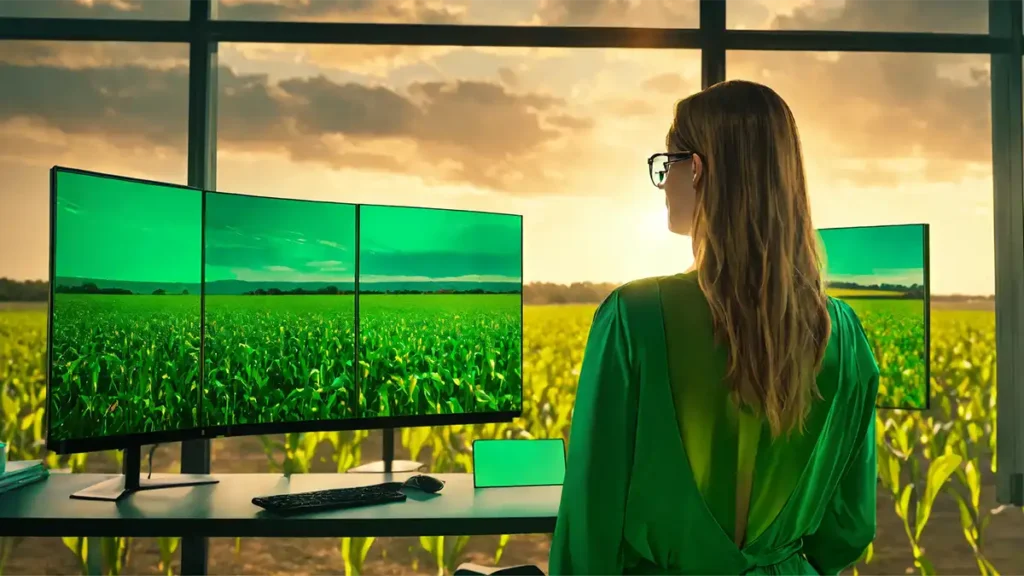
Immersive Film Experience
Bigscreen VR offers an immersive movie-watching experience that resembles being in a theatre. The platform allows users to watch movies with their friends and family on a virtual 100-foot cinema screen. They can choose from various theatre environments, including a drive-in, modern, or cinema in a zero-gravity space station. They can also share content from streaming services, play games with friends, or work on design projects.
The platform offers an immersive experience like attending a film premiere or red-carpet event. This feature can be used for special events or to connect with fellow film enthusiasts worldwide. It also has the potential to transform traditional movie-going experiences by allowing users to watch films together, regardless of their physical location.
Using the Bigscreen app, users can convert any desktop into a shared VR space with a simple button click. This enables collaboration between teams or groups, making working in VR much easier. Users can zoom into screen elements, annotate visuals, and make brainstorming sessions more productive and collaborative. In addition to facilitating teamwork and accelerating productivity, the software can be used for immersive learning and training.
Virtual Reality is poised to change how we work, play and learn. Companies already use it in many industries, including engineering, education, car manufacturing, medicine and retail. It is expected to play a major role in the future of entertainment and allow us to explore our planet like never before. It can even allow us to virtually visit the deepest parts of the ocean and farthest corners of the universe.
With a powerful combination of 4K projection, DTS:X immersive audio and luxury stadium seating, Bigscreen delivers the ultimate movie-watching experience. The Bigscreen app is available for the Oculus Rift, Rift S and GO, Oculus Quest, Valve Index, SteamVR, and VIVE. It is also compatible with Windows Mixed Reality headsets. Bigscreen’s first PC VR headset, Beyond, is a sleek and lightweight device weighing just 127 grams. It also features a super slim profile and high-resolution micro-OLED displays that offer up to 90 Hz refresh rate. It is a great choice for those who want to enjoy the full VR experience without sacrificing their wallets.
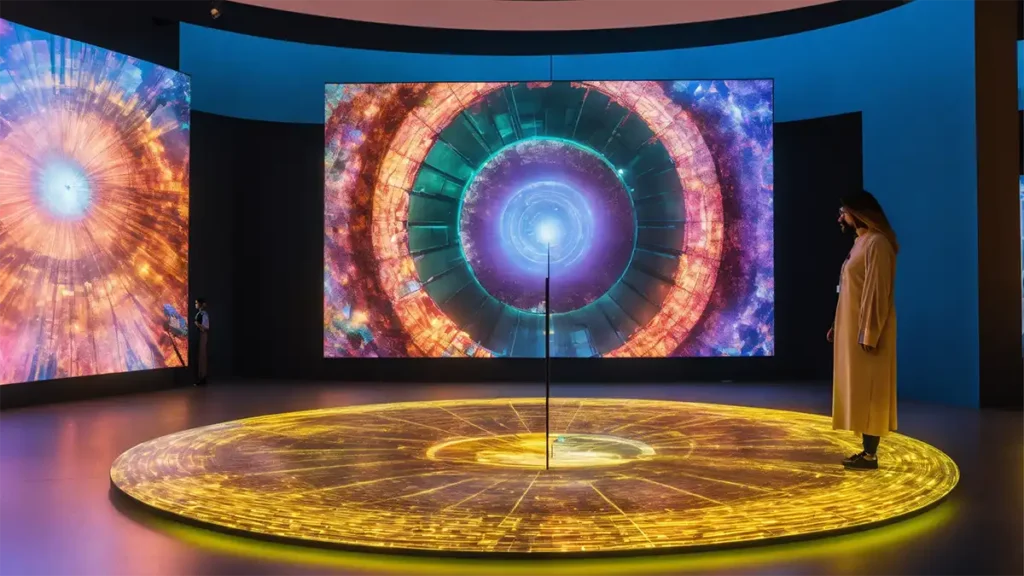
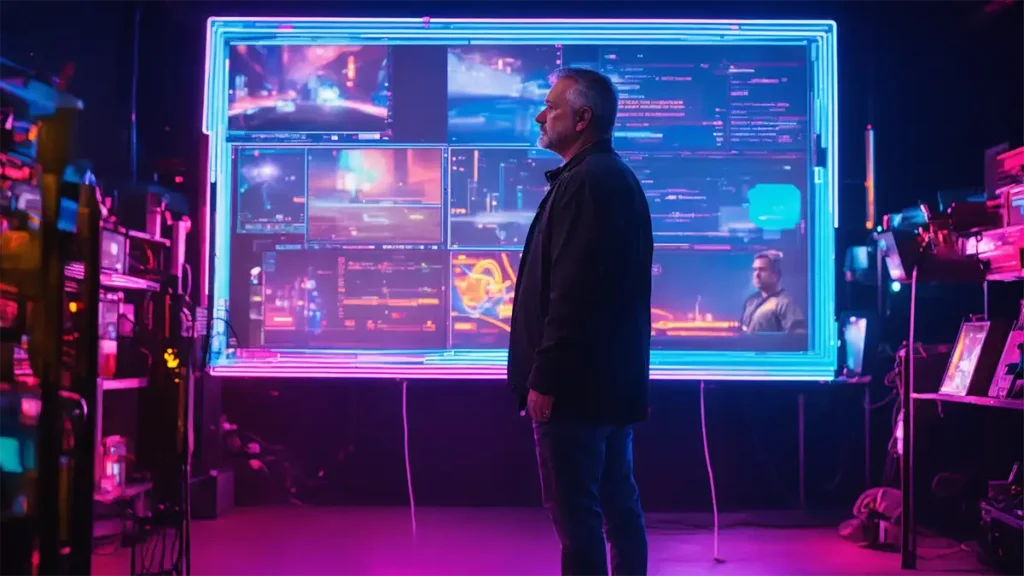
Spatial Audio
For a truly immersive experience, it isn’t just the visuals that make the impact – it’s the sound. Spatial audio takes traditional surround sound to the next level, allowing you to feel like sounds are coming from around you and anchored to the action on-screen. The technology is gaining popularity for video games, virtual concerts and other immersive content because it can make the experience feel more lifelike and realistic.
For instance, with spatial audio, you can transport yourself into the middle of a concert hall or immerse yourself in the sounds of nature without ever leaving your home. In the case of a movie, you can feel like you’re sitting in an old drive-in theatre or even inside a modern theatre with a curved screen. This type of audio can also be used for collaborative tools and simulations to deliver key sound effects and feedback to users, such as locating a fault signal or hearing a flight intercom in a simulator.
Apple’s version of spatial audio is similar to Dolby Atmos in that it supports a wide range of speakers with directional audio. Still, it differs in how it utilizes head tracking. Using the accelerometers and gyroscopes of headphones like AirPods, AirPods Pro, AirPods Max or Beats’ Fit Pro, Apple’s spatial audio can track your movements about the anchor device playing the content. As you turn your head, the soundtrack will adjust to ensure you can still hear dialogue and vocals.
Apple’s spatial audio feature first arrived for movies and TV shows in September 2020 and was then rolled out to the rest of its streaming service in June 2021 as part of iOS 14 and iPadOS 15. Since then, the feature has been expanded to tvOS for the Apple TV 4K and Mac devices powered by the company’s latest M1 chip. Netflix recently added support for spatial audio, allowing users to stream Dolby Atmos content on compatible headsets.
You may like
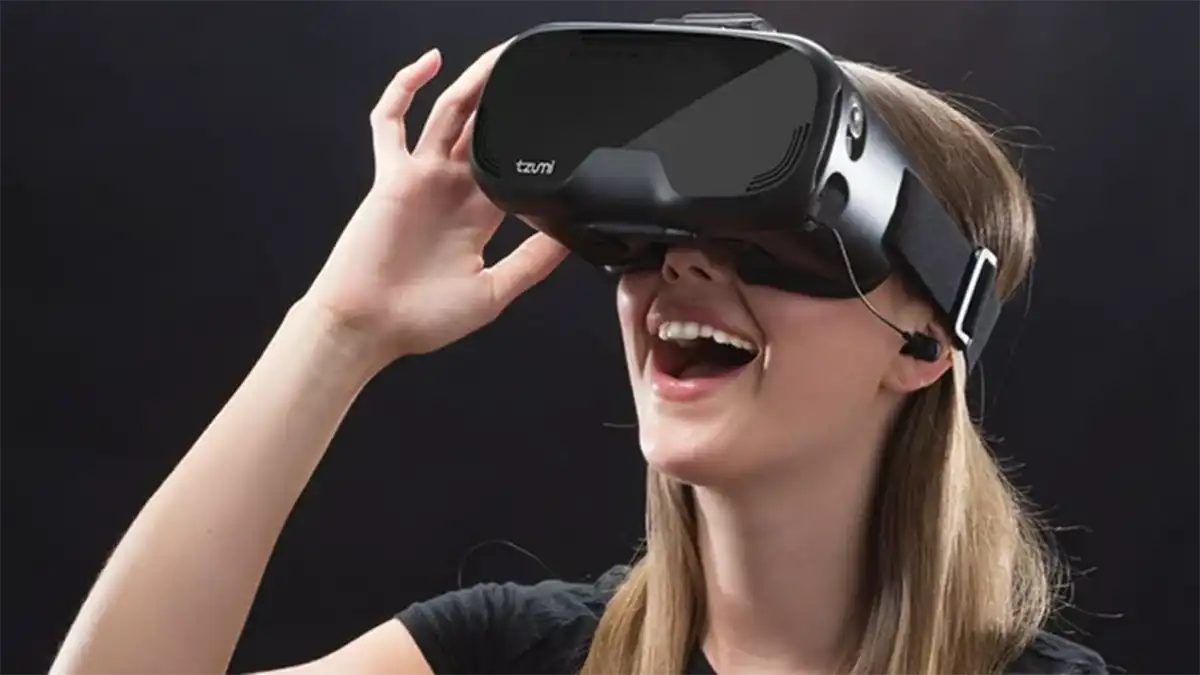
Dream Vision Virtual Reality
Dream Vision Virtual Reality is a cutting-edge VR headset that opens a gateway to captivating and lifelike virtual environments. Its comfortable design and versatile compatibility make it a vibrant addition to virtual reality.
Launch the VR application and follow any on-screen prompts or instructions to complete the calibration process. Ensure the lenses align correctly with your eyes and the straps are securely fastened.
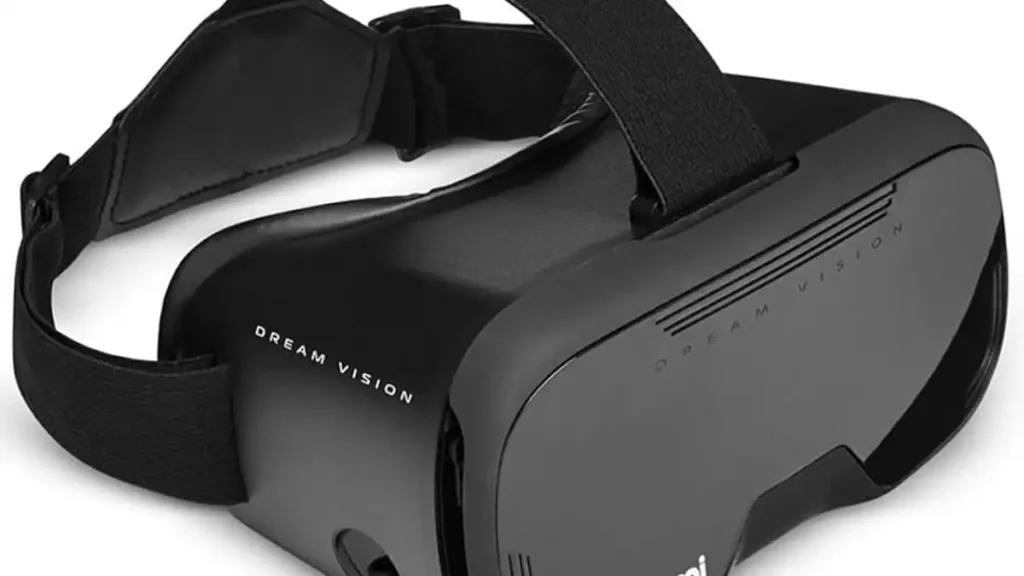
High resolution
The Dream Vision virtual reality system is a cutting-edge technology offering stunning, high-resolution graphics to bring immersive digital experiences to life. It is designed to be compatible with various devices, from gaming consoles to media players. This versatility empowers users to engage in immersive virtual activities, from immersive games to captivating VR movies and documentaries.
The headset’s display settings provide a spectrum of customizable options to optimize visual clarity and comfort. Using these settings, you can customize your virtual reality experience to suit your personal preferences and immerse yourself in captivating virtual landscapes with incredible realism. The headset also includes adjustable head straps and soft padding, ensuring a comfortable fit and allowing you to wear it for extended periods without discomfort.
Getting started with the Dream Vision VR headset is easy:
Find a suitable location to set up the headset and ensure it is properly connected to your smartphone.
Ensure the headset is securely attached to your phone, and the lenses are correctly aligned with your eyes.
Plug in your phone and power it up.
If you have a portable power bank, ensure it is fully charged to ensure consistent functionality during your VR experience.
The Dream Vision virtual reality system is a cost-effective option for enjoying immersive virtual experiences. It is also highly versatile and convenient, enabling you to enjoy VR games, watch immersive movies, and explore virtual tours. It is compatible with most mobile devices and easily connects to a PC or Mac. The headset is also lightweight and portable, making it an ideal choice for travelling and on-the-go entertainment.
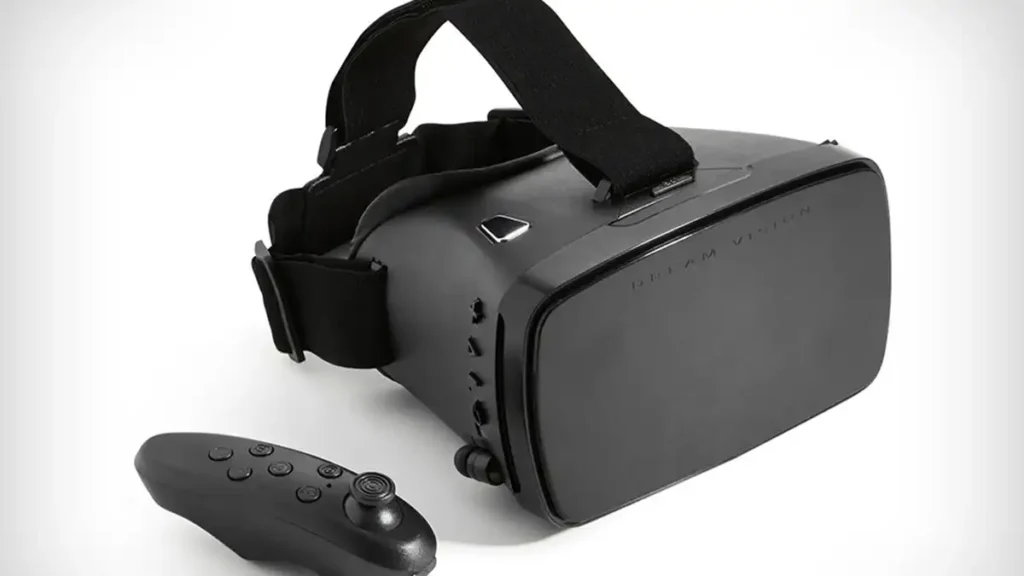
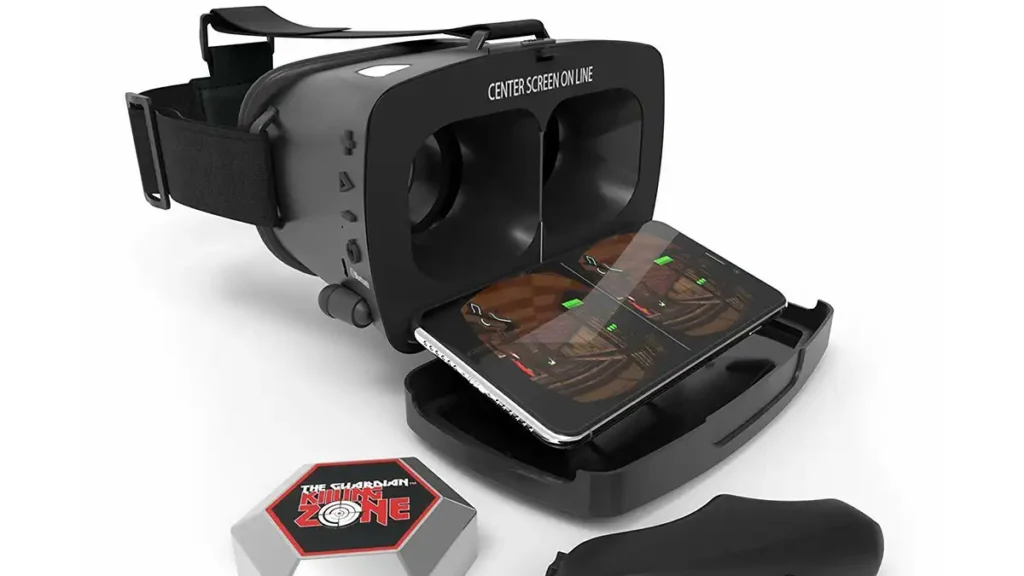
Wide field of view
The dream vision virtual reality system features an expansive field of view that allows users to explore lifelike virtual worlds. This immersive experience is ideal for gaming, multimedia consumption, and educational exploration. The headset also incorporates audio ports that allow users to connect their headphones for a more personalized and captivating VR experience.
The wider the field of view, the more realistic and immersive a VR experience will be. However, balancing its immersion with user comfort is important, as a wide FOV can cause neck strain. In addition, a wider FOV can make the world seem smaller and more unreal, which may cause motion sickness in some users. To minimize this effect, designers should ensure that critical interactive and narrative elements are visible within the FOV while reducing inappropriate content displayed in the peripheral area.
For this reason, most tethered VR headsets have a FOV of around 110 degrees or higher. For mobile VR, the FOV varies from headset to headset. The Varjo Aero headset, for example, has a FOV of up to 115 degrees. Moreover, the headset is compatible with various devices, including PCs and laptops.
To use a virtual reality headset, you’ll first need to launch the VR application or game you want to play. Next, place the headset on your head and align the lenses with your eyes. Finally, secure the straps around your head to prevent them from slipping or falling off. If you’re wearing glasses, align the lenses with your prescription. In addition, you’ll need to ensure that the straps are comfortably fastened so they don’t put pressure on your face or neck.
Intuitive controls
Dream vision virtual reality offers several intuitive controls that make it easy to navigate the interface. Users can use simple buttons and touchpad gestures to interact with virtual objects, navigate menus, and control VR experiences. In addition, the headset’s built-in high-fidelity audio technology creates an immersive experience that takes viewers into a new world. From a subtle whisper to the roar of an explosion, every sound is heard with clarity and depth.
Dream Vision Virtual Reality Headsets are designed to block out the external world, immersing users in a virtual environment where they can play games, watch movies, or engage in other activities. The device also includes sensors that track the user’s movements to create a realistic and engaging experience. The system has many applications, from social and multiplayer games to training and simulations.
To ensure a smooth and enjoyable virtual reality experience, following the manufacturer’s guidelines and usage instructions is important. These tips can help users avoid common problems, such as blurry visuals and discomfort. If the troubleshooting tips do not resolve the issue, users should consult the manufacturer’s website for more guidance.
Before starting a VR experience, securing the headset and checking that all components are functioning properly is important. It is also important to ensure that you stand in a clear space for accurate tracking and performance. Once the headset is securely positioned, follow any on-screen instructions to complete the calibration process. These instructions may include looking straight ahead and following a specific sequence of actions. It is also a good idea to keep the headset charged at all times, ensuring it continues functioning correctly.
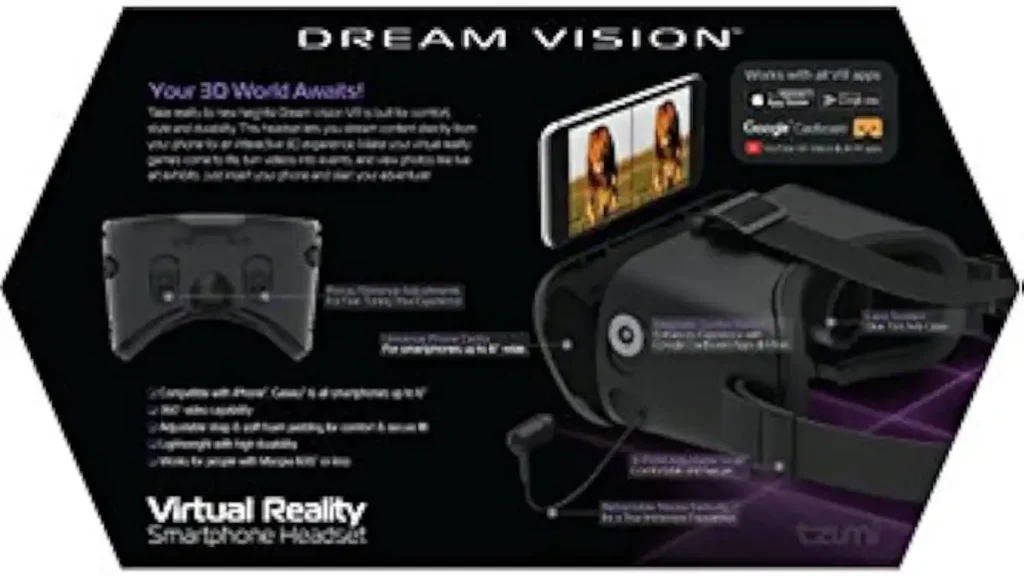
Comfortable design
The Dream Vision virtual reality system is designed for comfort, featuring adjustable straps and soft padding, providing a snug fit on different head sizes. It also comes with 3D earbuds that help reduce the noise in your headset. This lets you focus on the virtual world and prevents eye strain and neck pain. Moreover, it is light and easy to carry, perfect for long VR sessions. If you are experiencing discomfort or headaches, it is important to take breaks often and adjust the settings for your particular experience.
TZUMI Dream Vision virtual reality headset is an excellent option for those new to VR and who want to try it out. It is lightweight, comfortable and compatible with most smartphones. The headset is made with high-quality materials that make it durable. It is also compatible with popular VR apps and games. Moreover, it includes the full version of Killing Zone, one of the top VR games.
Aside from the comfort features of the headset, it is also a good choice for gamers and movie-watchers alike. It is compatible with various devices and can play immersive games, watch movies, or travel to other realms. The VR headset is also easy to set up and can be used at home or on the go.
To get the most out of your dream vision virtual reality experience, charge it and follow the manufacturer’s instructions. It is also a good idea to experiment with the head straps and padding and find the best configuration for your head size and shape. If you have trouble syncing or connecting the headset to your device, try restarting it or reinstalling the app.
Compatible with various devices
The Dream Vision VR headset is compatible with various smartphones, making it an accessible and versatile platform for immersive virtual adventures. By securely placing their smartphone into the designated compartment within the headset, users establish a direct visual and processing link that unlocks a treasure trove of captivating virtual experiences.
The headset features a streamlined design and ergonomic comfort to maximize user experience. Its adjustable head strap and cushioned padding accommodate different head sizes and shapes while ensuring a snug fit that minimizes discomfort during extended VR sessions. Moreover, its interpupillary distance (IPD) adjustment feature allows users to align the headset lenses with their eyes for optimal visual clarity and performance.
To ensure a seamless and enjoyable virtual reality experience, following the setup instructions provided by the VR application is important. These guidelines will help you correctly set up your Dream Vision VR headset and complete the initial calibration process. In addition, it is also advisable to stand in a clear space without any obstructions to ensure that your headset can track your movements accurately.
If you encounter any syncing or connectivity issues, it is important to follow the troubleshooting tips provided by the manufacturer. These tips will help you address common technical hiccups and resolve them quickly. In addition, if you are experiencing any audio or visual distortions, it is crucial to check the positioning of your phone and the headset lenses. In most cases, these issues can be resolved by recalibrating the headset. If you cannot resolve the problem, contact the manufacturer’s support team for additional assistance. This will help you return to enjoying your VR experience in no time!
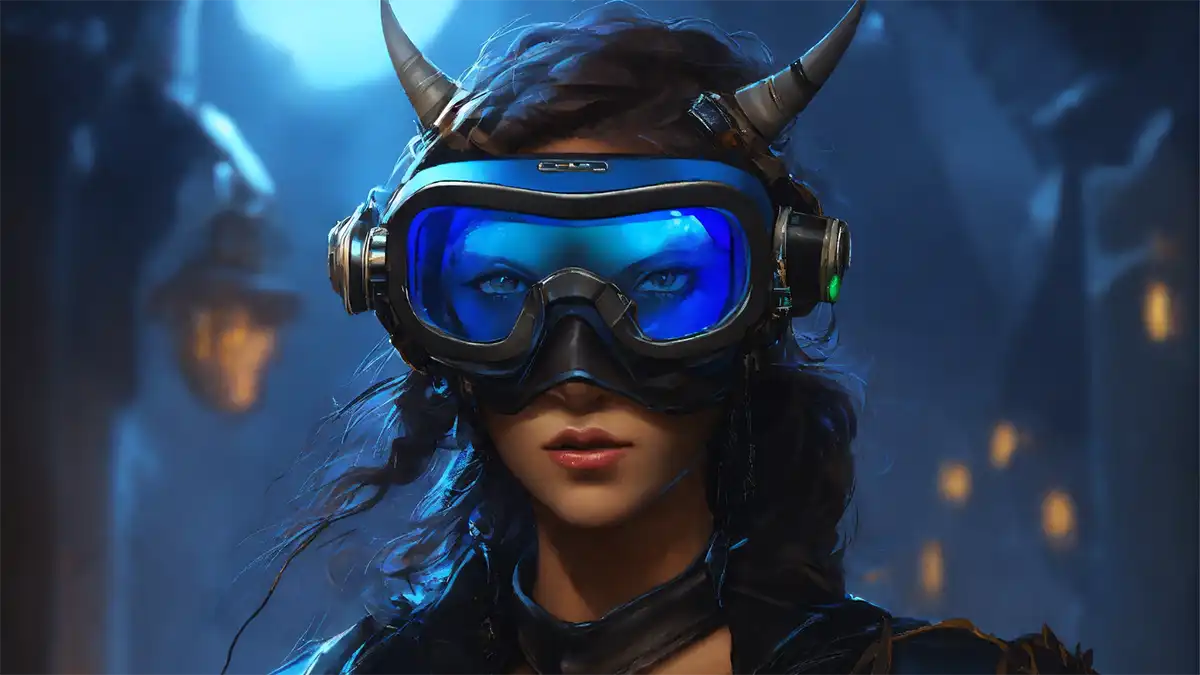
4chan Virtual Reality
The anarchic messageboard 4chan Virtual Reality has been the breeding ground for internet memes like lolcats and Rickrolling. But it’s also notorious for its lawlessness and obscene content. One prank even led to Coventry cat tormentor Mary Bale being outed by the site’s users.
The dominant imaginaries around VR involve enhancing existing forms of communication. This contrasts with the utopian visions of a new virtual world.


It’s a rumor
The internet spawned a lot of rumors about VR, but it’s hard to know whether they are true. While many of them are harmless, there are also some that are incredibly disturbing. This is why it’s important to check the sources of your rumors. The most reliable source of information is a trusted news site. But, even if you trust the information on a news site, it’s still a good idea to verify it with other sources.
One of the most popular rumors about VR is that it will be used for pornography. This rumor has spread widely thanks to the popularity of VR headsets and new filming techniques. It’s not surprising that porn has found a new home in VR, as it offers the opportunity to create realistic-looking scenes. In fact, some sites have already released dick ton of VR porn.
Another popular rumor is that VR will be able to do everything that games can do now, but without the motion sickness and other downsides. Some gamers think that this is the future of gaming, but others argue that VR is not a viable platform for gaming at all. The main reason for this is that VR is not as powerful as traditional displays. It’s also expensive and requires a high-end PC to run it.
The founder of Oculus, Palmer Luckey, has been criticized for liking a bunch of Trump-supporting tweets. He also likes alt-right memes and WikiLeaks conspiracy theories. It’s clear that he doesn’t support the views of most of the mainstream technology community.





It’s a leak
Despite its reputation for lawlessness, 4chan Virtual Reality has produced some of the internet’s biggest memes. From lolcats to Rickrolling, the anarchic US message board has become a cultural phenomenon with 22 million page impressions per day. While most of the site’s users are decent people, its anonymity has allowed it to exploit a darker side. This includes promoting conspiracy theories, spreading false news, and encouraging hate speech. It has even been responsible for outright sexism and homophobia. It has also been accused of pranking people for sex-related reasons.
The anarchic nature of the site has been a boon for viral content creators, but it can also be harmful to real-world people. For example, when CCTV footage emerged of Coventry cat tormentor Mary Bale stroking her feline before dumping it in a wheelie bin, the website exploded with outrage. The ensuing backlash resulted in her being sacked from her job.
In other cases, 4chan users have hacked into advanced artificial intelligence models to spread xenophobic propaganda and promote anti-Semitism. This has alarmed Meta, the company behind the LLaMA model. Users have been able to use the technology to create their own chatbots that are capable of generating a range of inappropriate and obscene content. The LLaMA hack has also prompted the creation of several variants of customised smutbots that can describe graphic scenes of gore and violence. This includes scenes of babies in blenders and neo-Nazi sexual assault.
Despite these risks, many users believe that they should be allowed to make a living from their work. However, the company is not willing to make exceptions for this group of people. This has led to a legal battle that will likely end up in court. If the court rules in favour of the company, it may be difficult for the plaintiffs to recover their losses.

It’s a game
The imageboard website 4chan Virtual Reality is an online community that’s mainly used by teenagers. Its boards discuss video games and anime, but it’s also known as a source of many memes and political movements. It’s been at the centre of several controversies, including Gamergate and various cyber attacks. Parents may be concerned about the site’s potential impact on their teens’ online safety, but they should know that it’s possible to set parental controls on broadband and mobile networks.
Although the site has rules in place, some boards contain inappropriate content that could be harmful to your teen’s online safety. For example, the /b/ board allows hate speech and specific pornography. Moreover, it is not moderated by staff and is therefore dangerous to teens. The site is also a source of hacktivism and has been the target of multiple violent attacks. The other iterations of 4chan, such as 8kun and 16chan, are less moderated and should also be avoided by teens.
Gamers will need a high-end PC to get the best experience from VR, which can cost over $1000. Until then, it will be a gimmick for most people. /v/ posters are jaded NEETs that don’t understand what they need to have fun and blame gaming corporations for everything.
A poster on the popular 4chan Virtual Reality message board UploadVR claimed that Bethesda is working on a virtual reality version of Elder Scrolls V: Skyrim. Whether this will be a separate product or a port of the special edition that launched last year on PS4, Xbox One, and PC is unclear. However, the poster did mention a new project called Starfield.



It’s a platform
As a platform, 4chan has been responsible for many of the internet’s biggest memes. However, the site’s anonymity has also led to a number of privacy concerns. Its users have been accused of cyberbullying, doxxing, and promoting fringe ideologies that can lead to harmful real-world consequences. These issues have fueled calls for the site to be shut down and banned.
While some of the site’s pranks have been relatively harmless, others have been quite disturbing. For example, when CCTV footage of a woman in Coventry stroking her cat before dumping it in a wheelie bin emerged, 4chan’s army of cyberpranksters quickly outed her and bombarded her with death threats. Another 4chan favourite is Pedobear, a cartoon character who appears cute and harmless but performs graphic sex acts. Other stunts have been loosely political in nature, such as calling on Google Hot Trends to make it harder for people to find the Church of Scientology’s website.
As for VR, it’s a gimmick for now. It’s expensive and there aren’t any good games out for it yet. Until we get better immersion technology and habtic feed back, it will be more of a novelty than anything else. If you’re a simfag then it might be worth the investment but otherwise, it’s just another fad that will fade away like the 3D TV.
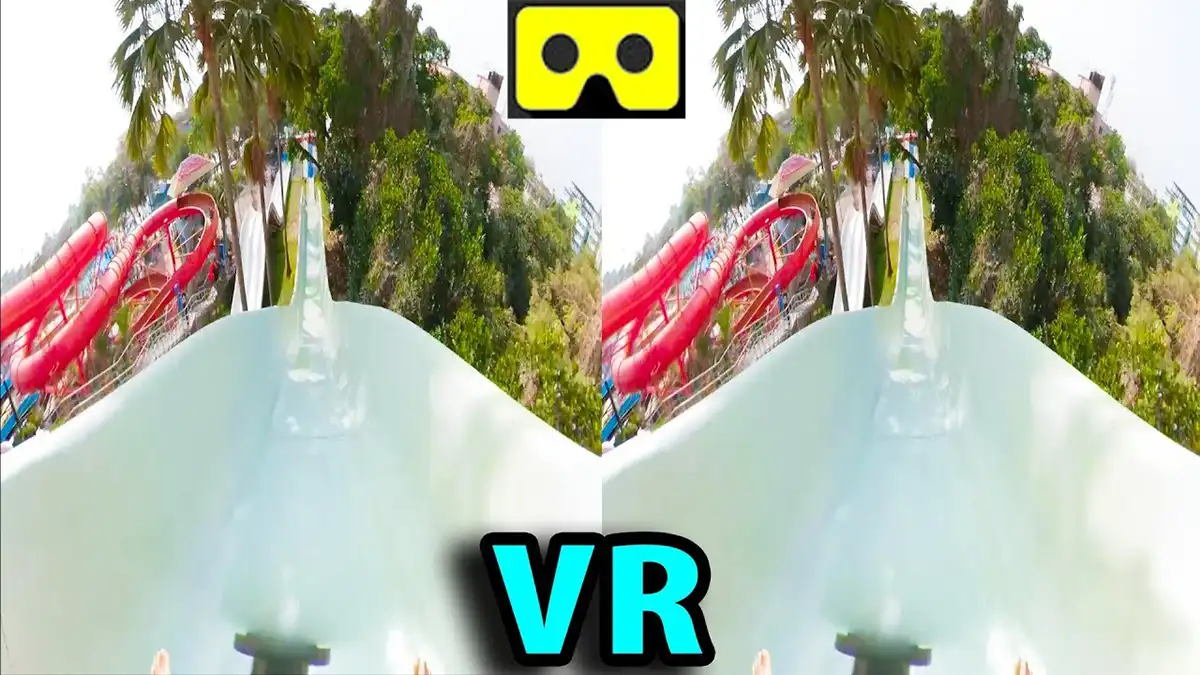
Virtual Reality Split Screen
Virtual reality split screen is a feature that allows you to see two different scenes simultaneously on your screen. It is beneficial and available in most VR games. It is also available in many augmented reality applications.
Using VR in marketing can increase brand awareness and provide customers valuable information. However, there are some risks involved in using this technology.

Split Screens
Virtual Reality Split screen are one of cinema’s oldest techniques, allowing storytellers to communicate nuanced narrative aspects in a powerful and visually striking manner. In addition to conveying parallel narratives and contrasting visuals, this technique can create dynamic action sequences that keep viewers engaged.
Despite its ancient origins, split screen has adapted to the technological advancements of filmmaking over time. With the advent of digital video technology, split-screen compositions have become more accessible to execute and are frequently employed in films and music videos. Split screen has also become an integral part of editing, enabling editors to create more complex and dynamic shots.
Split-screen often reveals multiple perspectives, illustrating how others perceive a character’s actions and reactions. This technique has been employed in the acclaimed Fox TV series 24 and Snapchat’s original content ‘Two Sides’, which followed two young lovers navigating their relationship with contrasting perspectives. It has also been used in films by director Edgar Wright, who has utilized it to elevate his distinctive visual style and evoke emotion in the audience.
When used in VR, a Virtual Reality split screen can enhance the viewing experience by making it more immersive. This is particularly useful in virtual reality because it can be challenging to navigate and see the entire video using a headset. Moreover, splitting the screen can allow you to watch a video without taking off your headset.
There are many ways to use Virtual Reality split screen, including streaming a video on a separate computer screen or using an app that allows you to share your desktop with other users. These apps are usually free, though some may require a paid subscription. Many of these software programs also offer several preset split-screen options; some even have an entire module dedicated to this feature.
Split screens in VR can be beneficial, especially if you want to show your friends or family something you’re doing on your PC. However, you should be aware that the quality of VR videos is much lower than that of non-VR movies because VR requires a higher frame rate to prevent motion sickness.


Pinnacle
Pinnacle is a video editing software program that offers several different split-screen templates. These can be used to create one-of-a-kind video projects and are ideal for use in virtual reality. They are easy to use and include all the features needed to produce professional-quality videos.
In VR, the split screen effect looks like a single image that occupies 90 degrees of your field of view. To use a Pinnacle template, navigate to Library > Montages and Templates > Split Screen Templates. Then, drag the template thumbnail into the timeline to open it in the Sub Editor.

Oculus Rift
After years of hype and scepticism, the first consumer virtual reality headset has finally arrived. Oculus Rift is a fabric-covered headset with flip-down headphones, an external sensor and two controllers. It connects to your computer with HDMI, USB, and DisplayPort cables, requiring a reasonably powerful PC to run smoothly.
The Rift was created by a company called Oculus VR, which was bought by Facebook in 2014 for $2 billion. Founder Palmer Luckey’s original prototype was a cheap, crude device that registered your head movements but didn’t track your position or let you control anything. It still felt magical, though, which convinced Zuckerberg to buy the company.
Since then, the Oculus Rift has improved dramatically. The latest Rift S model has a more refined design with a higher-resolution screen and less-distorting lenses. It’s also lighter and has a more comfortable face rest that doesn’t leave a ring around your eyes after wearing it too long. It’s not as immersive as the HTC Vive, but it’s still a significant step forward for VR.
You can play many games on the Rift, including traditional video games like EVE Valkyrie and Lucky’s Tale. But I think the headset’s real potential lies in experiences beyond gaming. Imagine enjoying a court-side seat at a basketball game or consulting with your doctor from across the country or the world. That’s what makes the Rift worth buying for gamers and non-gamers alike.
While the Rift is a phenomenal piece of hardware, it’s not without problems. Many people experience motion sickness when using virtual reality, and some never get used to it. If you experience this, taking frequent breaks and drinking water is essential. Also, it’s best to wear the Rift over glasses instead of contacts.
Oculus has various non-game content, including short VR movies and travel videos. Henry, for example, is an adorable story about a hedgehog, and it’s better than most of Pixar’s recent animated shorts. There are documentaries about the rainforest, Nepal, and other locations.




HTC Vive
HTC Vive is a virtual reality system that allows you to enter an immersive world. The headset and controllers work together to create a platform for endless games and experiences. Whether you’re an avid gamer or looking for something new and exciting to try, VR offers an experience unlike anything else. There are many different ways to use HTC Vive, including educational simulations, virtual tours of famous landmarks, and artistic creations.
The Vive is a PC-based virtual reality system that requires a high-end computer. It is not a plug-and-play device but relatively easy to set up. The setup process includes several steps, including installing the VR software and adequately connecting the hardware. It’s essential to follow the instructions carefully to avoid potential errors.
Once you’ve installed the VR software and connected all the cables, it’s time to test your headset and controllers. Launch a VR experience or video to ensure the headset functions correctly. You can also check the audio output and controller functionality by interacting with objects in the virtual environment.
Next, adjust the headset fit to ensure it’s comfortable on your head and positioned correctly in front of your eyes. Taking a break during long VR sessions is an excellent idea to prevent eye strain and other physical discomfort.
Finally, test the headset tracking by walking around the play area and observing the movement of your virtual avatar in the VR environment. This will help you identify any issues with the headset’s trackers and resolve them before attempting to use it again.
HTC Vive is one of the most popular VR systems available but has shortcomings. For starters, the system isn’t cheap, and it can require a significant amount of space to operate. It’s also not as intuitive to use as the Oculus Rift, and it can have problems with its display.
Despite these drawbacks, the HTC Vive is still an excellent choice for users who want to explore the possibilities of virtual reality. It’s available for purchase from third-party sellers and some tech retailers, and it’s a solid option for anyone looking to get into VR.

Oculus Quest 2 Game Review – Onward VR

Dream Vision Virtual Reality

Virtual Reality Rumors

Experience the Thrill of Virtual Reality Movies in Your Home 2024

Giantess VR – Explore a House

Explore the Virtual Reality Social Scene with These Top Platforms
Trending
-

 VR Movies6 months ago
VR Movies6 months agoExperience the Thrill of Virtual Reality Movies in Your Home 2024
-

 VR Games5 months ago
VR Games5 months agoGiantess VR – Explore a House
-
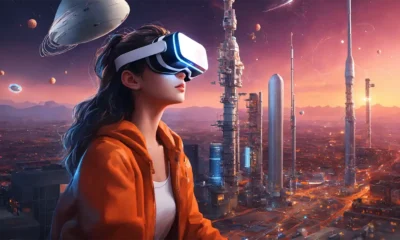
 Virtual Reality6 months ago
Virtual Reality6 months agoExplore the Virtual Reality Social Scene with These Top Platforms
-

 VR Games6 months ago
VR Games6 months agoInto the Radius on Meta Quest 2
-
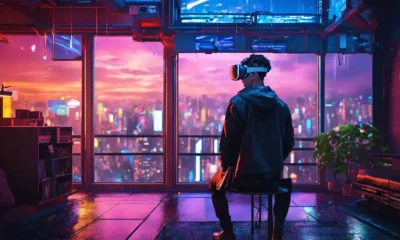
 Virtual Reality6 months ago
Virtual Reality6 months agoExplore Real Estate in Virtual Reality: A Guide to VR Real Estate
-
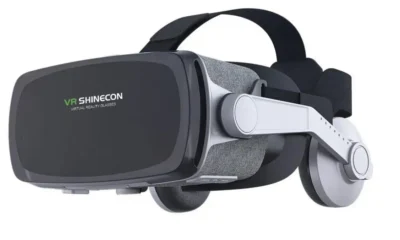
 Virtual Reality5 months ago
Virtual Reality5 months agoVr app for vr shinecon review 2024
-
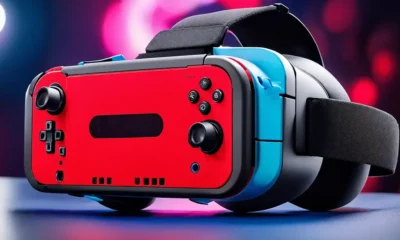
 Nintendo Switch6 months ago
Nintendo Switch6 months agoUnlock the Power of Virtual Reality with Nintendo Switch!
-

 VR Games6 months ago
VR Games6 months agoPokequest VR

